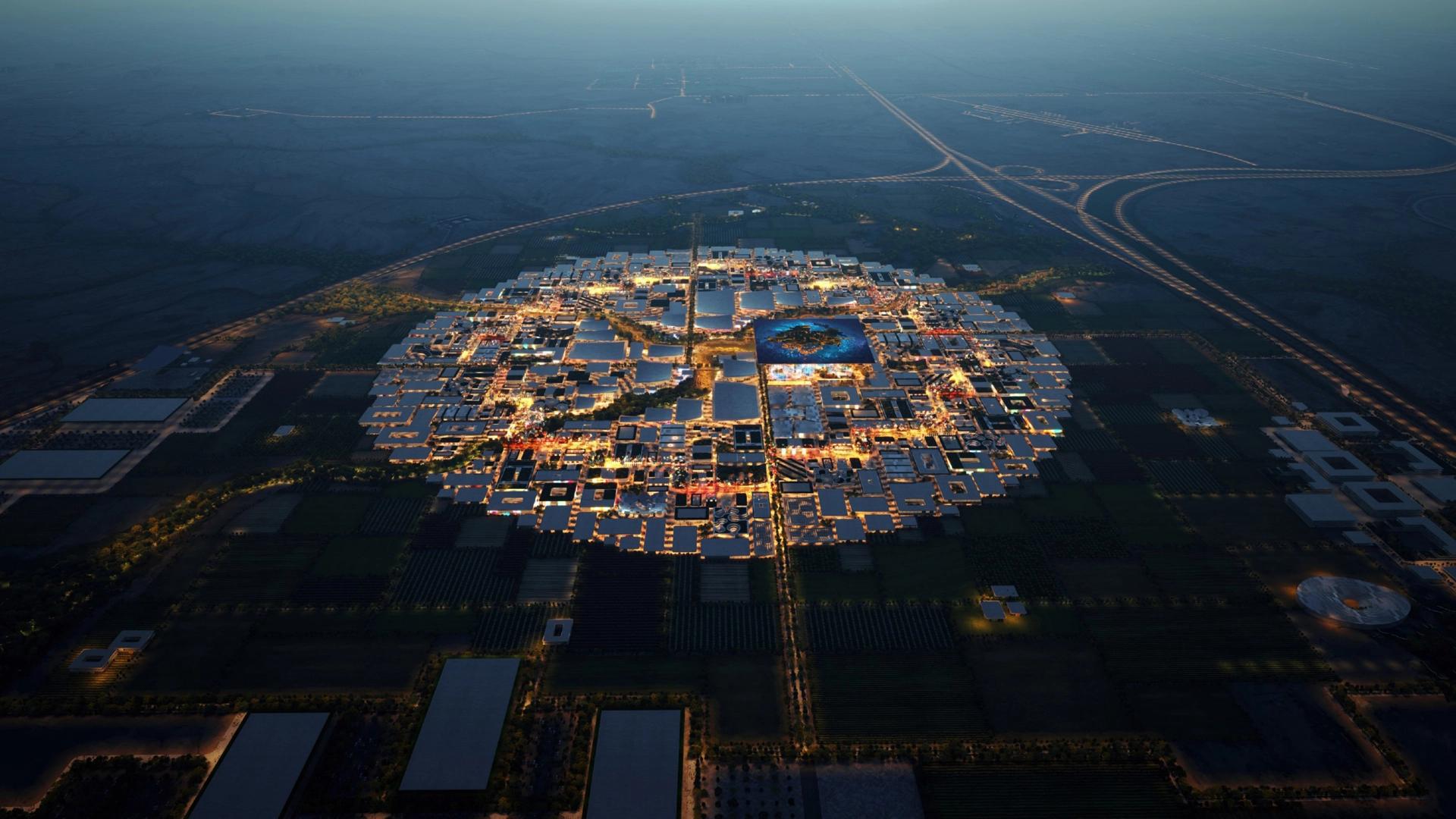At the moment, there are no entries available for display

Context
operating context
Unprecedented tightening of global monetary conditions to address decades-high inflation compounded by geopolitical tensions meant that the growth of the global economy remained slow and uneven during the year in review, as per the World Economic Outlook published by the International Monetary Fund (IMF) in October 2023. Global activity bottomed out at the end of 2022 according to the report, while inflation-both headline and underlying – was gradually brought under control.
But a full recovery toward pre-pandemic trends appears to be increasingly out of reach according to the IMF publication, especially in emerging markets and developing economies.
Global trends
Global growth during the year in review slowed down from 3.5% in 2022 to 3.0% in 2023, and is projected to further decrease to 2.9% in 2024, well below the historical (2000–19) average of 3.8%. Global inflation too, while forecast to decline steadily, is not expected to return to target until 2025. Policymakers in advanced economies have implemented an average rate increase of approximately 400 basis points since late 2021, while emerging market economies have experienced an increase of around 650 basis points. This decisive action was taken to curb inflation. Despite the considerable policy tightening, most economies have demonstrated resilience over the past year. However, core inflation remains elevated, particularly in the United States and certain parts of Europe. This situation may prompt major central banks to sustain higher interest rates for an extended period.
There is also a widening divergence and fragmentation between geo-economies as evidenced by the series of most recent developments that have greatly tested international relations; Growing trade restrictions threaten to reverse economic integration across the world and undermine the cooperation needed to protect against new shocks and address global challenges.
With debt becoming more expensive as an intended consequence of tightening monetary policy, the ability of individual and business borrowers to service their debt is also diminishing. Most borrowers already in precarious positions financially following the pandemic saw the higher interest rates amplify these fragilities. Many weaker banks already facing higher credit risks will lose significant amounts of equity capital in a scenario where high inflation and high rates prevail and the global economy tips into recession.
Globally, housing and commercial real estate market activity is slowing in the face of rising mortgage rates. However, home values are holding up, despite many buyers choosing to delay purchases due to rising mortgage costs. The market for real estate investment trusts (REITs) also faces headwinds due to higher interest rates.
Governments are also facing challenges, with sovereign debt concerns applying across the board from low-income countries to advanced economies. The increase in yields has closed off access to international financing for numerous low-income countries, including Ghana and Sri Lanka.
If interest rates persist at elevated levels for an extended period, borrowing costs are expected to exert downward pressure on economic growth. This could pose challenges for economies in their efforts to overcome debt-related stresses. On the other hand, the United States is poised to run a USD 1.7 Tn. deficit in 2023, compared to USD 1.4 Tn. in 2022.
Given the inverse nature of the relationship between rates and bonds, there is also potential for bonds and other debt securities to lose value if banks are forced to sell them at a loss if faced with sudden deposit withdrawals or funding pressures.
However, climate investing remained well positioned to continue its growth trajectory in this turbulent environment. Governments have taken significant legislative and regulatory action to support their climate and energy transition priorities. There is also an alignment in capital markets and the financial system around financing this energy transition, with 250 more global financial institutions slated to launch net zero plans in 2024 under the Glasgow Financial Alliance for Net Zero.

Governments have taken significant legislative and regulatory action to support their climate and energy transition priorities. There is also an alignment in capital markets and the financial system around financing this energy transition.
Globally, as financial institutions re-examine their businesses and identify their relative competitive advantages, they are required to generate adequate returns in a rapidly changing macroeconomic and geopolitical environment, one that is impacted by Artificial Intelligence (AI) and other emerging technologies. AI continues to be regulated despite the possibility of impacting the competitive landscape; In Europe, for example, penalties can go up to 7% of banks’ revenue for regulatory breaches under the EU AI Act, while in China, interim measures regulating generative AI were issued in August 2023, focusing on services that are accessible to the general public. Scale and specialisation will be determinant for banks, as will value-creating diversification. Minimum economies of scale are also likely to shift, especially where technology and data are the drivers of scale.
For the foreseeable and immediate future, the outlook for financial institutions is likely to be shaped by four global trends;

Regional trends
Regionally, AI, Fintech, and ESG initiatives continued to impact the region’s Banking and Financial Sector during the year in review. GCC economies remained largely unaffected by the ongoing conflict in Gaza, and are likely to continue exhibiting resilience in the foreseeable future.
Oil production cuts that were aimed at controlling oil prices have impacted GCC economies during the reporting period, with prospects for improvement in 2024. Robust growth in non-oil sectors, which is anticipated to reach 4.6% in 2023, softened the shortfall in hydrocarbon activities, driven primarily by private consumption, fixed investments, and looser fiscal policy in response to the year’s relatively high oil revenues. The improved non-oil sector performance in GCC is mainly due to the support from the public sector as governments pursue growth and diversification agendas, particularly in the UAE and KSA.
The Islamic Finance Industry is expected to grow by around 10% in 2023-2024, supported by a greater banking asset base and the sukuk issuance, particularly across GCC countries, where the implementation of Vision 2030 initiatives is seen to contribute to the growth of Shariah Compliant Financing.
With several GCC currencies pegged to the USD, GCC Central banks saw their interest rates rise during 2023 to keep up with the US Federal Reserve’s decisions to raise its benchmark interest level to between 5.25% and 5.50% during the year in review.
Quite notably, the GCC is advancing gender equality and female empowerment in the workforce through national reforms and initiatives, in line with their respective Vision 2030 objectives. Qatar and the UAE recorded the highest female inclusion in the workforce with 60% and 52% respectively, well above the global average of around 47%. Saudi Arabia saw female participation across its workforce soaring to 37%, which would indicate that the Kingdom met the integration goal set in their ambitious Vision 2030 initiative seven years earlier than expected.

Local trends
According to the General Authority of Statistics flash estimates, the Saudi economy contracted by 0.9% in 2023, with the growth forecast revised on the back of subdued oil prices and lower oil production in a pre-emptive move to stabilise the oil market. However, IMF is projecting 2.7% and 5.5% growth in 2024 and 2025 respectively. The Kingdom extended its voluntary cut of one million barrels per day initially implemented in July 2023 till the close of the year, with production steady at approximately nine million barrels per day as at December 2023. Additionally, The Ministry of Finance forecast a deficit of SAR 82 Bn. during the reporting period, revising its previous estimate of a surplus of SAR 16 Bn.
According to the Saudi Central Bank’s (SAMA) monthly bulletin, consumer spending in Saudi Arabia grew 6.7% YoY by December 2023; this was fuelled by a 10% YoY growth in point-of-sale (POS) transactions and e-commerce sales through “Mada” cards increasing 28% YoY also marking the highest-ever sales value.
As shown in the latest IMF annual review of the country’s economy, progress has been most notably reflected in non-oil growth, which has accelerated since 2021, remaining close to 5% throughout 2023, spurred by strong domestic demand. Diversification has been driven by improvements in the regulatory and business environment. As a result of a new set of laws to promote entrepreneurship, protect investors’ rights, and reduce the costs of doing business, new investment deals grew by 95%, and licences increased by a staggering 267% in 2022, contributing to the Kingdom’s GDP in 2023. In addition, the Saudi Investment Fund (PIF) has been deploying capital to help stimulate private sector investments, which continues to boost the growth across multiple sectors such as manufacturing and tourism, also positively contributing to the Kingdom’s GDP.
S&P Global – a leading global provider of credit ratings, benchmarks and analytics, registered an increasing headline index of 57.5 in the Riyad Bank Saudi Arabia Purchasing Managers’ IndexTM (PMI®) as of December, which was notably above the long-run average of 56.9. This increase signalled the ongoing expansion of the Kingdom’s non-oil economy, which was driven by both new orders and output levels. Despite the increase in input prices, price of goods however, did not register a similar increase, and were instead muted by stronger competition.
The Saudi real estate market recorded deals worth around SAR 277 Bn. during the first nine months of 2023, reflecting the strength, solidity and cohesion of the Saudi real estate market despite the surrounding factors, such as the continued rise in interest rates and the decline in financing granted to individuals. Three factors contributed to the observed performance of the market; the scarcity of real estate supply in the residential market that led to an increase in prices, the large demand for real estate, and a growing appetite by major businessmen and real estate agencies to acquire undeveloped land, all signs of a promising future for the real estate market. 2024 is expected to witness greater momentum across the Saudi real estate market, with the non-Saudi ownership and investment law coming into effect.
Sector-specific trends
The Saudi Banking Sector continued to contribute to the loan growth across retail and corporate verticals, and the realisation of Vision 2030 initiatives, given that the year in review also marked the midpoint of the Vision 2030 journey since its launch in 2016. Asset quality across banks remained largely healthy, with a slight increase in non-performing loans (NPL). Higher interest rates in 2023 and portfolio seasoning will eventually result in an increase in the cost of risk, particularly for the corporate portfolios, which are mainly on floating rates.
Overall, the Saudi banking sector will remain well-capitalised. Saudi Banks achieved a 11.9% YoY increase in Net Income levels as end of 2023, while Personal Loans held a majority share across different economic activities, constituting around 48% of banking credit. This was followed by Real Estate activities, Wholesale and Retail Trade, Manufacturing, Electricity Gas and Water Supplies, and Construction.
Despite the challenges in the global economy, SAMA has been proactive in addressing various risks in order to maintain stability and resilience in the Saudi banking sector. Further, SAMA continued its support of technological innovation and digital solutions to meet evolving needs of households and corporations, while ensuring a resilient framework is properly in place. From the regulatory perspective, SAMA managed to complete the implementation of Basel III Reforms ahead of the stated deadline, and the banking system’s prudential ratios are maintained well above the regulatory requirements.
Liquidity tightening and profitability compression remains a concern as a result of the multiple interest rate hikes witnessed in the year and prior years, whereby the cost of funds has seen an increase and, thus, a shift from non-profit - bearing deposits to term deposits was evident. Nevertheless, the expected credit growth to support Vision 2023 coupled with SAMA’s liquidity injection into the system, if warranted, may help in easing such challenges.
The Financial Sector Development Programme plays an important role in driving the Kingdom’s economic growth while also acting as an active vehicle towards achieving the Saudi Vision 2030 goals. SAMA is actively engaged with the Programme to promote technological innovation and digital solutions, thereby offering a wide-range of products and services across the sector. Refining laws and regulations to meet benchmark international standards also remains a crucial component of the Programme’s attempt to modernise Saudi Arabia’s financial landscape, promoting entrepreneurship and private sector growth.

KSA banking sector updates for 2023:
Profitability/ROE
14.34%
ROA
1.98%
COF
2.91%
Interest rates/SAIBOR
3M SAIBOR
6.23%
Repo Rate
6.00%
Reverse Repo Rate
5.50%
NPL
1.23%
Operating income
SAR 130.9 Bn.
Cost-to-Income ratio
32.0%
SAMA Reserves
SAR 1,638 Bn.
In 2024, the Kingdom expects a total revenue of SAR 1.172 Tn. and a total expenditure of SAR 1.251 Tn., with the aim to boost spending to SAR 1.3 Tn. in 2025, despite growing uncertainties in the interest rate environment. Cybersecurity threats and fraud risks are expected to rise directly proportionately to the unrelenting pace of digitalisation and technological advancement across the sector. The Government expects limited budget deficits to continue in the medium term as a result of expansionary spending policies that support economic growth. Furthermore, the government will meet financing needs by borrowing and will seek to diversify its funding sources. As a result, real GDP has been projected to grow by 2.7% in 2024, and 5.5% in 2025.
